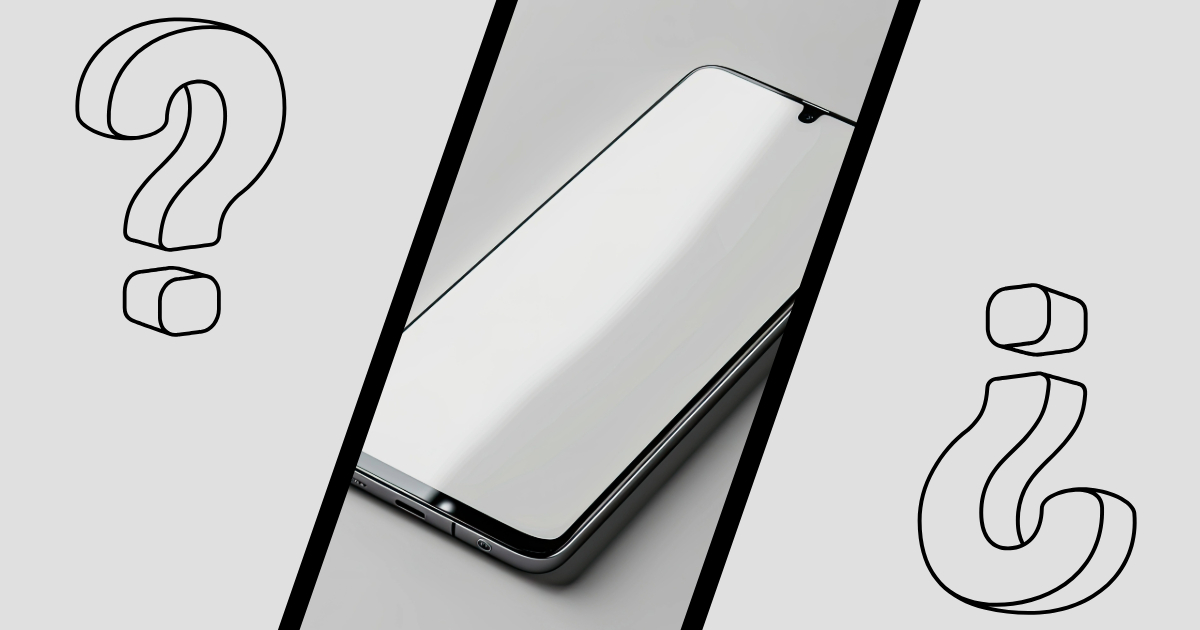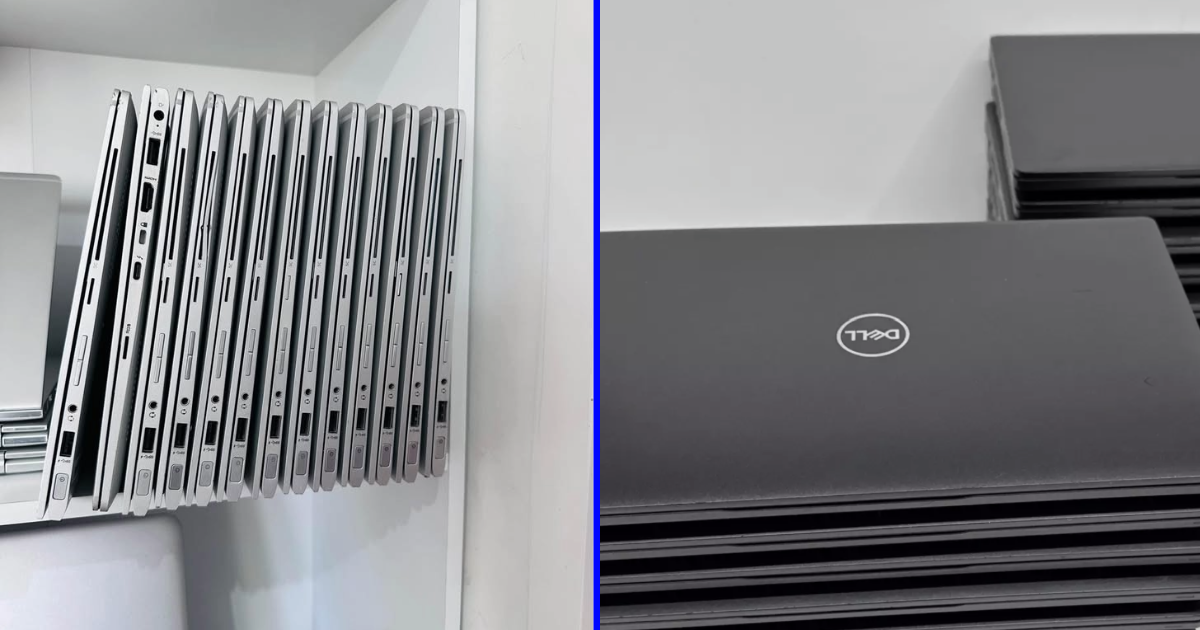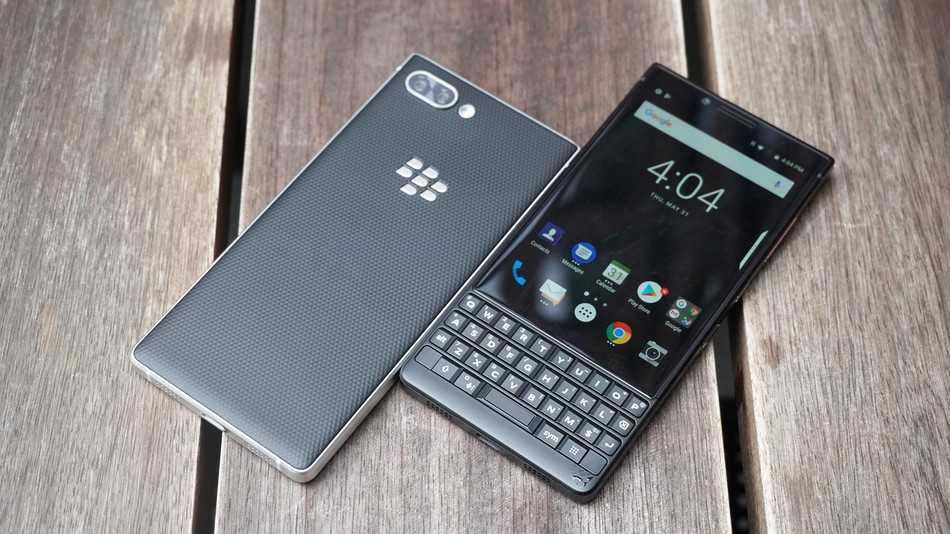
Month: September 2018
Posted Date:
-

Things You Need to Know About the BlackBerry KEY2
If you ask stores that sell cell-phone units what the most frustrating phone-related thing that never happened is, you’ll likely get ‘BlackBerry’ as an answer. It’s true that the once omnipresent brand…
-
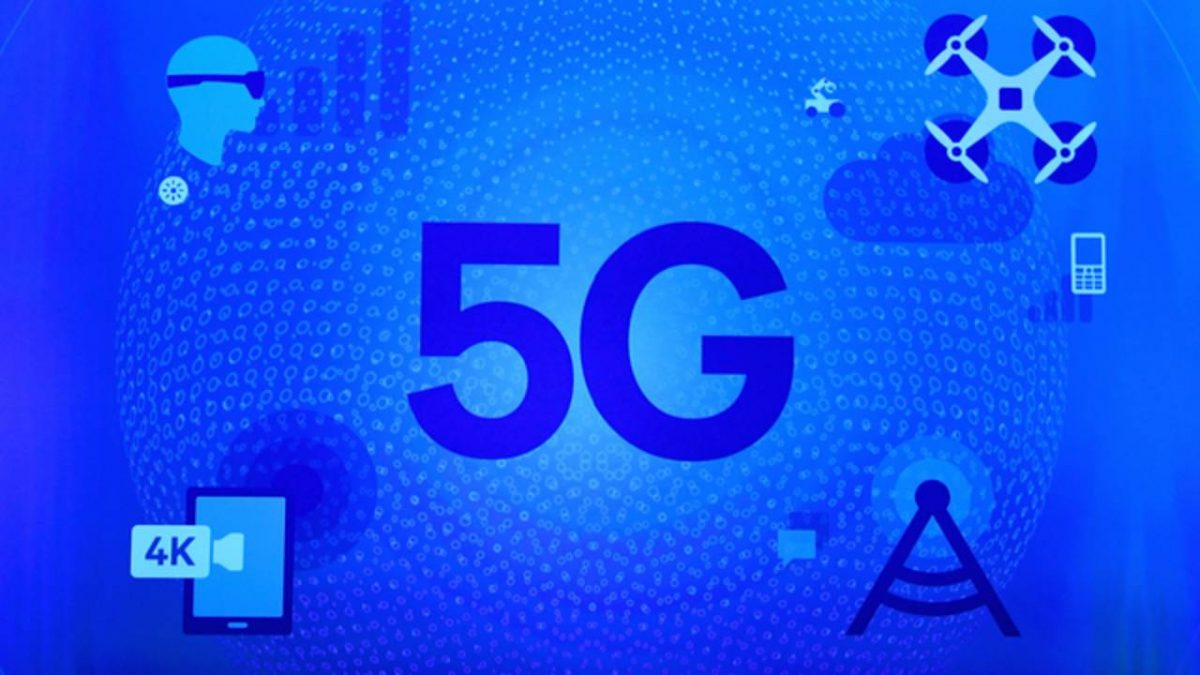
What Exactly Is 5G?
The world stands at the dawn of the latest mobile technology revolution: the 5G. This change offers a significant upgrade in speed and data capacity. At the same time, it puts forward…
-
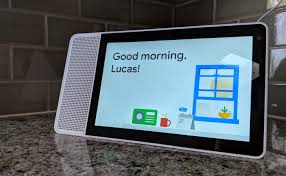
A Closer Look on the New Lenovo Smart Display
The world is always on the lookout and in search of the latest trending gadgets. With the tech industry always trying to make life easier, we are all gushing over this new…
-
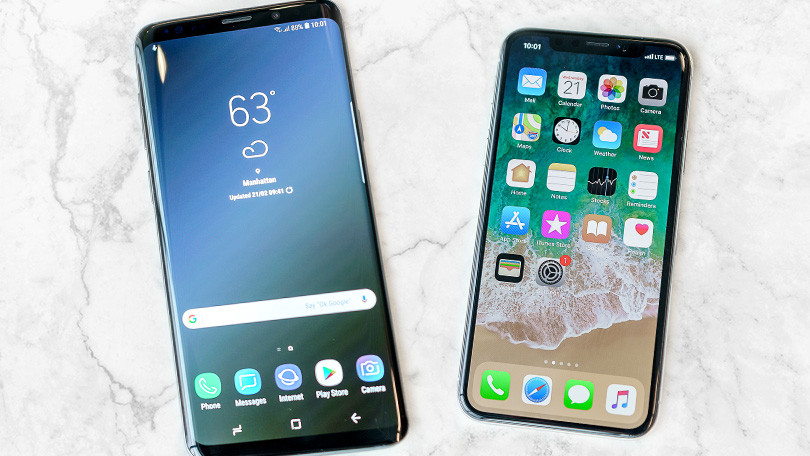
iPhone X vs. Galaxy S9: Which Is the Better Camera Phone?
Year after year, the same thing happens: Apple versus Samsung, the iPhone versus the Galaxy. The latest version of this battle is the iPhone X versus the Galaxy S9. Stores that…
-
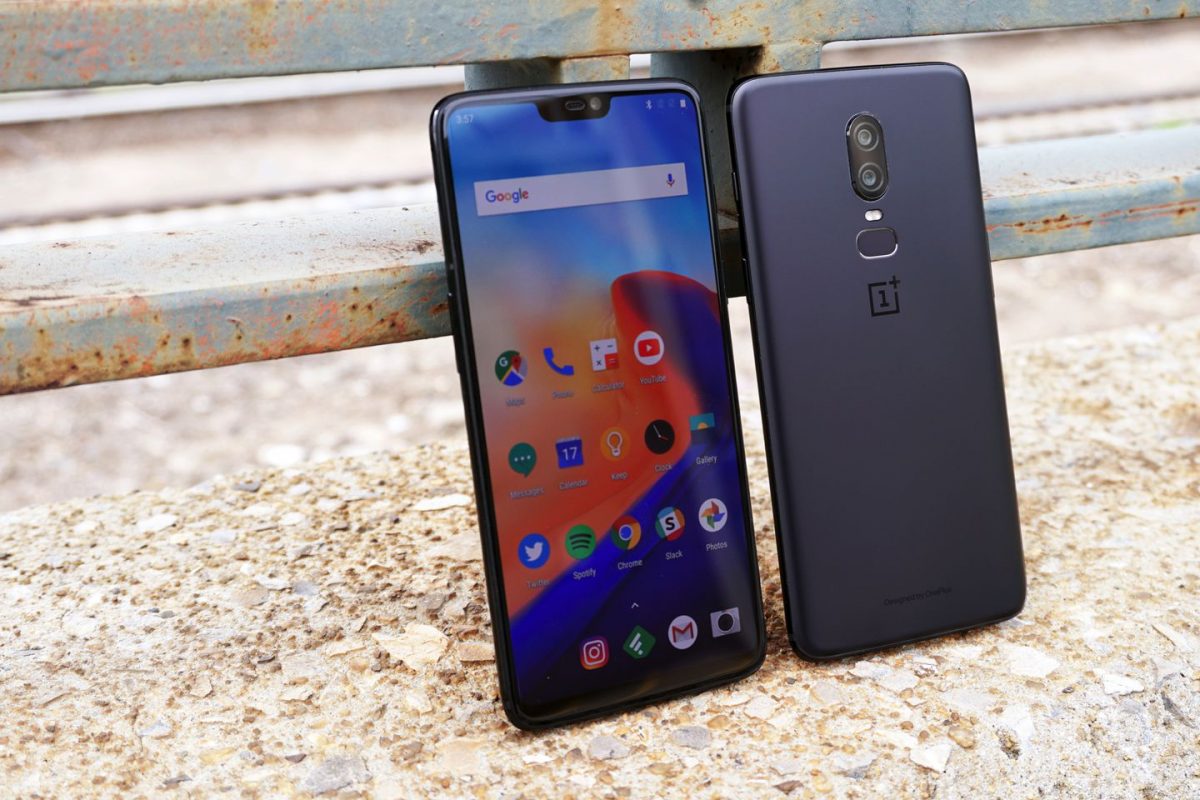
OnePlus 6 Updates: A Crimson Edition and a Few More Surprises
The OnePlus 6 is now available in stores that sell cell-phone units and accessories. It was officially launched a few weeks ago. Even with the large number of spoilers leading up to…
-
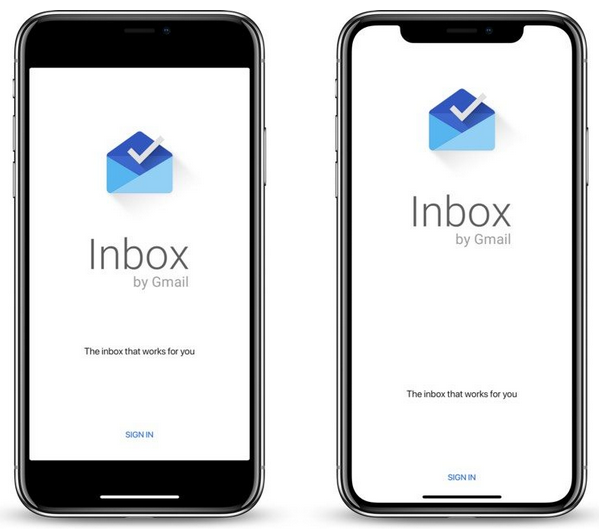
Google Inbox Is Finally Compatible with the iPhone X Notch
Nine months after the iPhone X release, Google has finally made its Inbox app compatible with Apple’s flagship phone. Last April, Google announced that an update for the iOS version of the…
-

Everything We Know So Far About the Samsung Galaxy Note 9
The Samsung Galaxy Note 9, codenamed the Crown, is almost here. Samsung continues to use the Note series to produce bigger and more powerful phones to complement the Galaxy S line. Based…
-
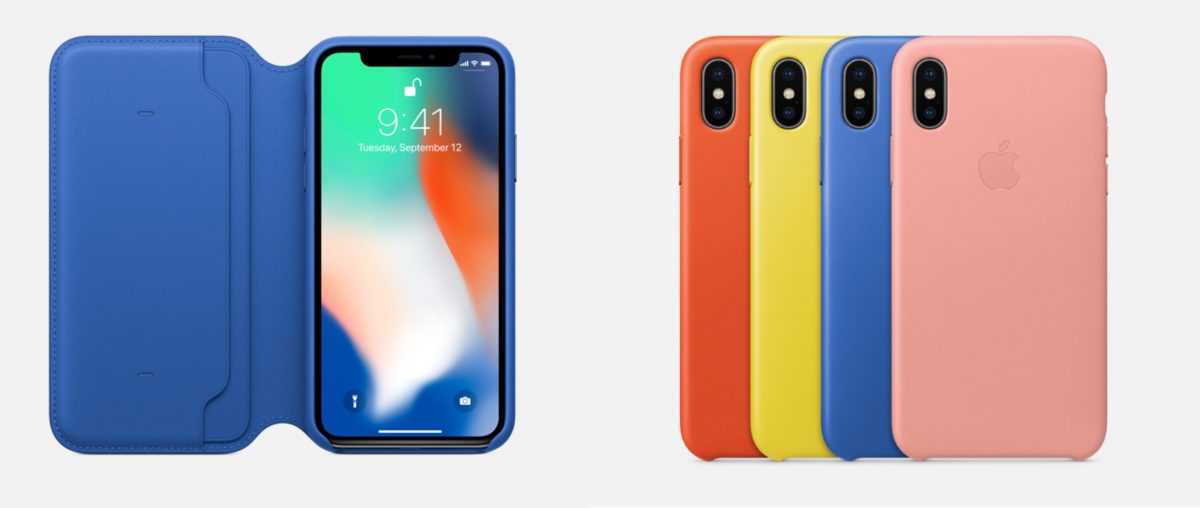
The iPhone Lineup Is About to Get More Colorful
When it comes to Apple releases, there is no lack of rumors and speculations. As the expected fall release approaches, more reports are added to the ever-growing pile of spec possibilities. This…
-
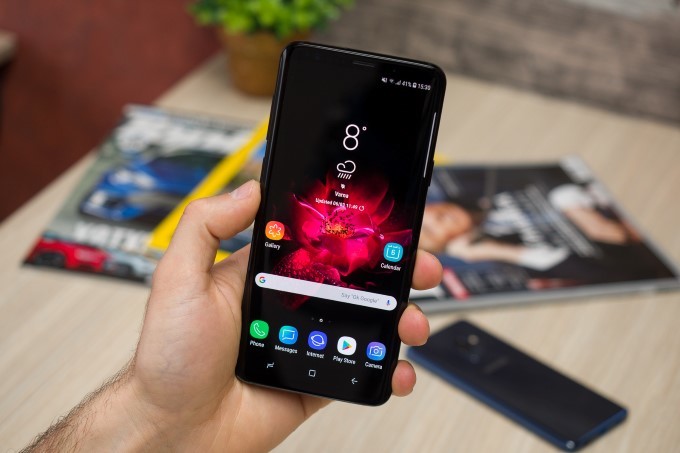
Top 5 Unlocked Smartphones of 2018
A lot of stores that sell cell-phone units are asked about unlocked smartphones, and for good reason. An unlocked smartphone could be used on various networks. That means if you want to…
-
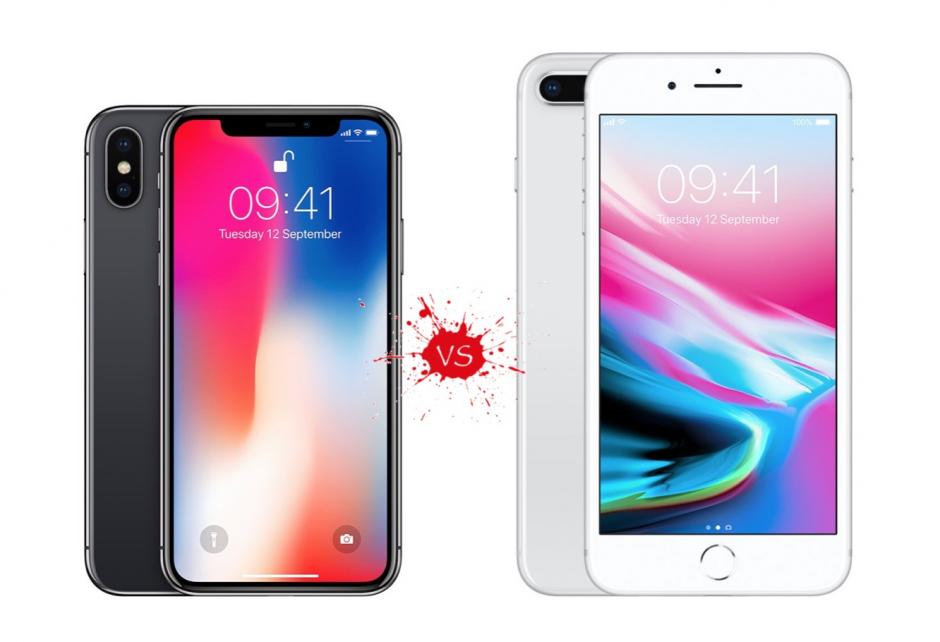
Which Is the Better iPhone: The X or the 8 Plus?
For the first time ever, Apple has introduced two distinct flagship phones. On the one hand, you have the iPhone 8 line-up. The iPhone 8 and 8 Plus sport a similar form…
-
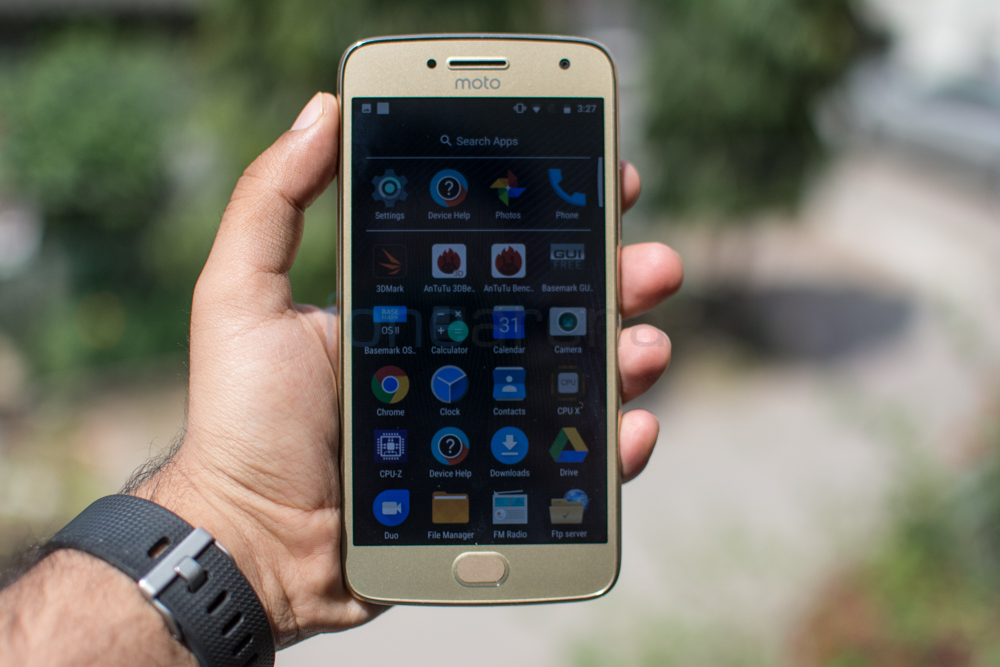
Things You Need to Know About the Moto G5 and the G5 Plus
Five years ago, Motorola introduced the Moto G line-up. Since then, the company has released smartphones that are both cost-effective and powerful. Today, Motorola aims to continue delivering excellence with the Moto…



